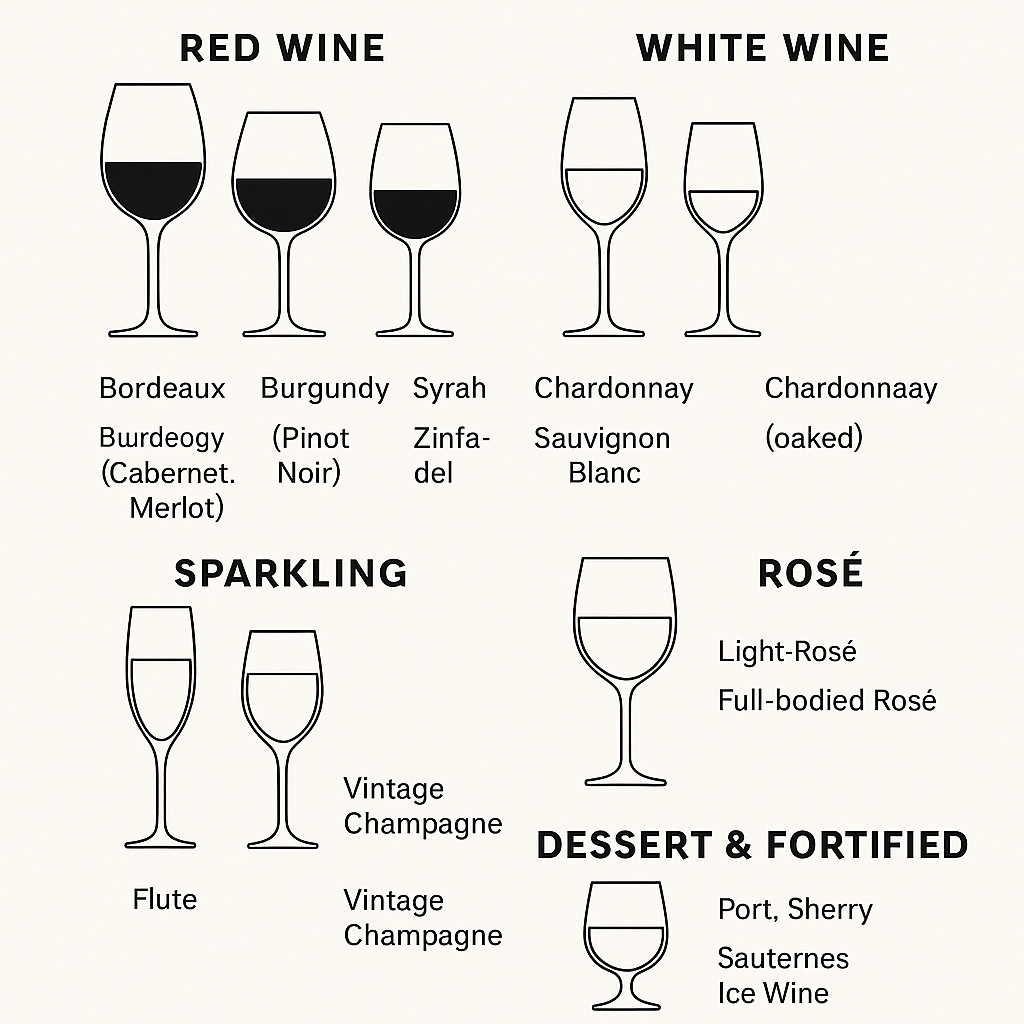A Rant and a W(h)ine on Booze -(2/2)
Published: 2nd June 2025
Category: Consumer Behaviour
Wine is sunlight, held together by water.-- Galileo Galilei (He forgot to add "...and sold back to you at a 300% markup")..
In emerging or non-traditional wine markets like India, aspiration around wine consumption is largely driven by image rather than experience. While product quality matters, marketing plays a disproportionately large role in crafting wine’s identity as a symbol of class, taste, and intellect.
To be honest, if you compare wine with any other type of alcohol, you will find that Whiskey tastes better than wine. Beer, cider,vodka, gin and tonic; they all taste better than wine.
Wine not only tastes bad; it doesn’t even do a good job of getting someone drunk.
For something so expensive and celebrated, it offers neither pleasure nor potency in proportion to its price.
But in my opinion, the biggest drawback of wine is that it’s horribly inconsistent in taste.
Even bottles from the same brand or batch can taste different. This is unlike whisky or vodka, where branding guarantees a consistent experience. For wine, there is no such assurance; and yet, we’re told that’s part of the charm.
Yes, good wine rewards a trained palate, and there’s real craftsmanship behind vineyard practices and vintages. But for most drinkers, it’s impossible to distinguish a ₹1,000 bottle from a ₹20,000 one; making the entire experience feel like a guessing game dressed in velvet.
Granted, there may be inherent issues in production resulting in wild variations in taste, but I believe that most of the marketing done around wine is to hide the inconsistency in output.
The wine industry has done a fantastic spin on these inherent product issues. Elitist wine marketing is a fermented version of “it’s a feature, not a bug.” It’s the art of rebranding inconvenience, inaccessibility, inconsistency, and occasional undrinkability as the pinnacle of class and connoisseurship.
Wine is no longer just a drink. It’s a narrative; of soil, climate, heritage, vintage, passion, tradition, exclusivity; packaged in a bottle. Marketing sells it as a symbol of refinement, transforming wine consumption into a performance of status.
Elite wine marketing builds a world where people are pressured to pretend: to swirl, sniff, and sip with grave reverence. Most drinkers cannot truly detect “earthy notes” or “tannic structure,” yet feel compelled to perform enjoyment to avoid appearing uncultured.
Even wine labels are coded; region, varietal, vintage; requiring expertise to interpret. A ₹600 bottle might still carry phrases like “handcrafted” or “aged to perfection,” leveraging language that signals sophistication regardless of quality. Those who do not grasp its coded language of “earthy notes” and “vintage character” are not just uninformed; they are subtly marked as unsophisticated, gauche, or even socially stagnant.
Wine comes with theatrical rituals unlike any other drink. Beer is fine in a mug. Whisky tolerates a tumbler. Vodka is very accomodating, barely needs a glass. But wine? Wine demands a chalice; a fragile, bulbous, stemmed artifact that looks more like a Renaissance prop than a drinking vessel.

No other drink comes with as much glassware ceremony as wine. One would think wine marketing is actually sponsored by glass makers.
Each type of wine has its own glass. Why? To “enhance the aromatic profile.” From the angled pour to the controlled swirl to the reverent sniff; wine drinking has become a ritual of artifice, not enjoyment.
Wine pricing is a racket. Most restaurants charge by the bottle. Very few offer wine by the glass, and even when they do, you're often charged for the entire bottle anyway (due to “spoilage concerns”). Markups are astronomical. Unlike whisky or vodka; where prices are transparent and widely known; wine has no clear price point, giving sellers free rein to exploit consumer ignorance. If you order wine at a restaurant, you’re probably overpaying; and you won’t even enjoy it enough to justify the cost.
Ultimately wine consumption demands too many hoops to be jumped through: knowledge, etiquette, glassware, vocabulary, price to value ratio and a willingness to suspend disbelief.
In India, it will likely remain an infrequent indulgence; even among the elite. (Just ask Sula Vineyards shareholders. Their stock since the 2022 IPO till date tells a similar story.)
As for me? Jack, Jim and Johnny are better friends any day. Wine is just decayed grape juice masquerading as culture; fermented imagination in a fancy bottle.